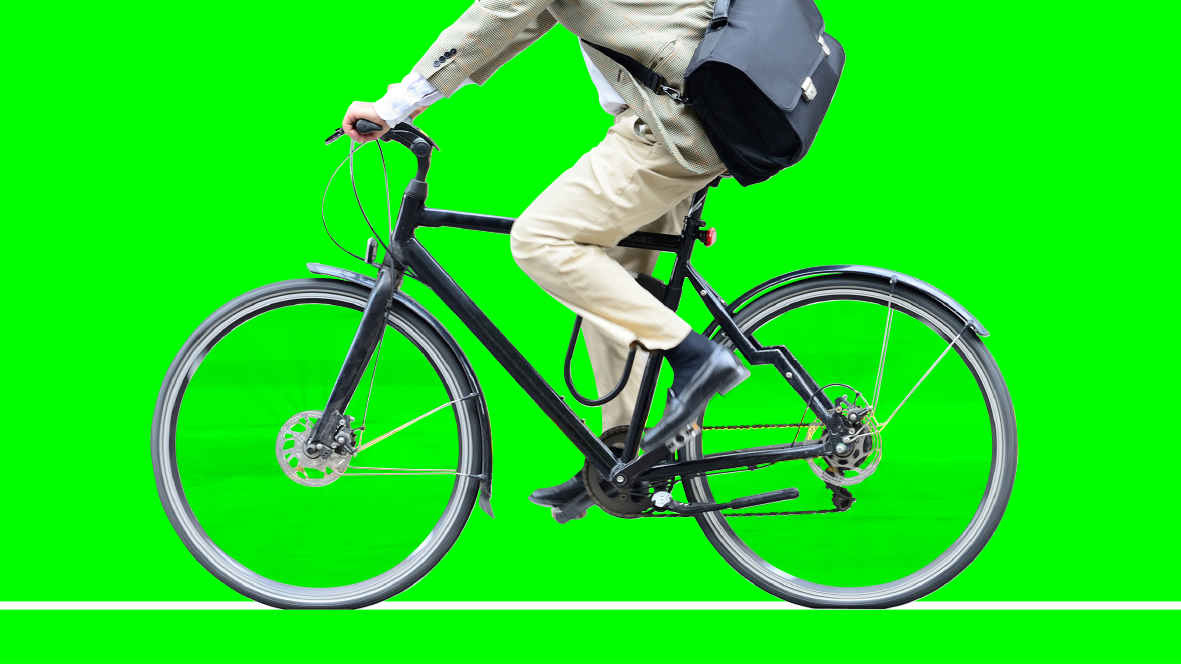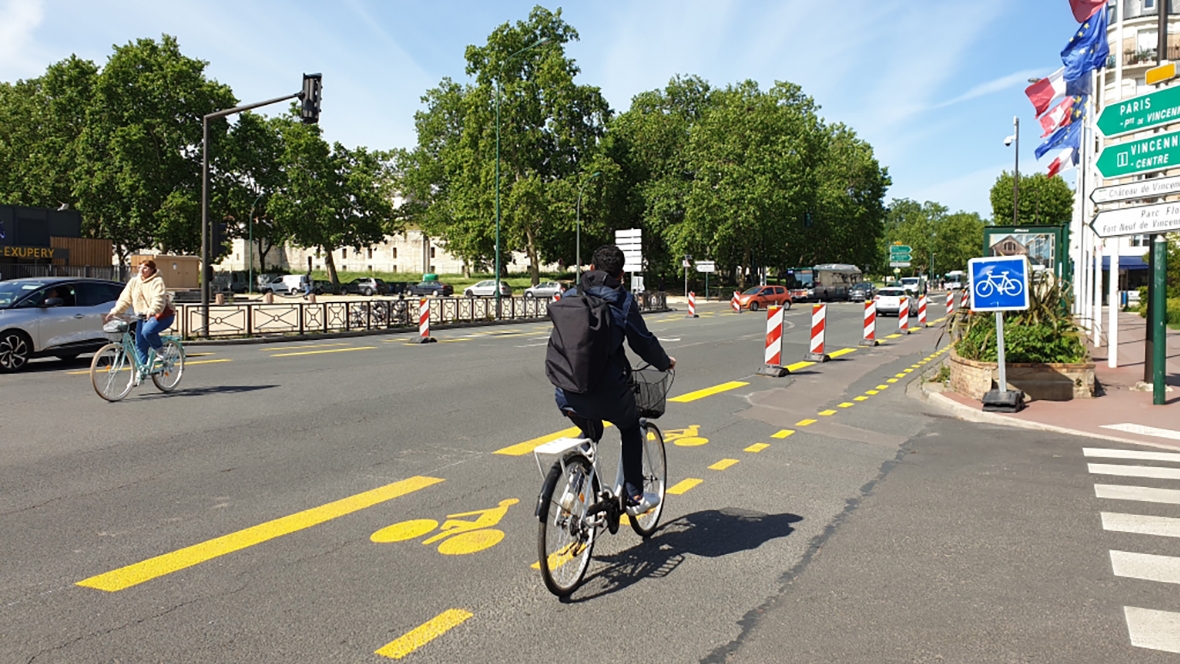
Image by Shutterstock
The COVID-19 pandemic has been a personal tragedy for tens of thousands and a disaster for economies across the world, but one of the few silver linings to be found in the situation is that air quality is better than it has been for decades.
According to the International Energy Agency, global carbon emissions this year will be 8% down compared to 2019. That represents a gift to leaders seeking to tackle climate change, but it could so easily be lost if the world returns to business as usual. And, given that the built environment is responsible for 36% of global emissions, according to the World Green Building Council (WorldGBC), the industry has a significant contribution to make.
“The built environment can create a new normal for the environment and wellbeing,” says Cristina Gamboa, CEO of WorldGBC. “Rather than rushing to return to normal, we should be seeking a new one. Our sustainability movement has demonstrated that the building and construction industry can design, build and operate buildings to be more efficient and healthier for people.”
However, it isn’t just about how buildings perform; it’s also about individuals’ behaviour. For Jane Dann, managing director at consultant Tibbalds, a key priority is to keep the use of private vehicles as low as it was during the lockdown. “The upside of the lockdown is that everyone has had to change their behaviours,” she said. “They’ve had to be more local and walk and cycle more.”
If that change is to be sustained, both local and central government will need to step up to the plate. Fortunately, Dann believes that both politicians and officials are aware of their responsibilities. “I think government and local authorities have generally responded very positively,” she said. “The UK Department for Transport now sees walking and cycling as an essential form of transport and has meaningful plans to reallocate road space.”
Of course, some of the interventions that have been made are intended to be temporary, but that doesn’t have to be the case. “I think one of the things we need to do is to start thinking quickly about how to translate some of those temporary arrangements into longer term schemes that are really well designed so that walking and cycling is really convenient and comfortable and attractive so that people want to carry on doing it,”
“Given the apparent links between poor air quality, respiratory illness and deaths from COVID-19, many cities are re-doubling efforts to maintain their improved air quality,” says Helen Mitcheson, solicitor at Trowers & Hamlins. “Ensuring that the improvements made are retained will require both short and long-term changes that take into account local considerations.”
“The upside of the lockdown is that everyone has had to change their behaviours. They’ve had to walk and cycle more”
The 15-minute city
The response in Paris is an interesting example. Socialist mayor Anne Hidalgo won re-election on 28 June with 50.2% of the vote. Hidalgo’s victory has been widely put down to her strong policies on maintaining the green gains brought about by the pandemic.
In her manifesto, Hidalgo pledged to turn the French capital into a network of neighbourhoods in which “you can find everything you need within 15 minutes from home” either on foot or by bicycle. She proposed plans for the “city of 15 minutes” or rather “Ville Du Quart D’Heure”, building on her Plan Vélo transport changes, which included removing space for cars and boosting space for cyclists and pedestrians. “If you liked Season 1, you will love Season 2,” she said.

“The built environment can create a new normal for the environment and wellbeing”
Getting the facilities right
Commercial property developers and landlords will also have a part to play, not least in ensuring that the right facilities are in place to support sustainable transport options.
“With our development in Bristol, we acquired a scheme that had a planning consent for nearly 50 car spaces, and we’ve reduced that to 20,” says Toby Pentecost MRICS, co-founder of the Candour Group. “It had something like 220 bike spaces and we’ve got a plan to deliver more than 500. To enable that, we have a plan to have more than 40 showers and enough lockers for everyone in the building.
“We’re making it as convenient as possible” says Penetcost. “Agents want to be able to say that there is bike storage in the brochure, but do people really consider how many showers you need or how big your changing facilities need to be?”
